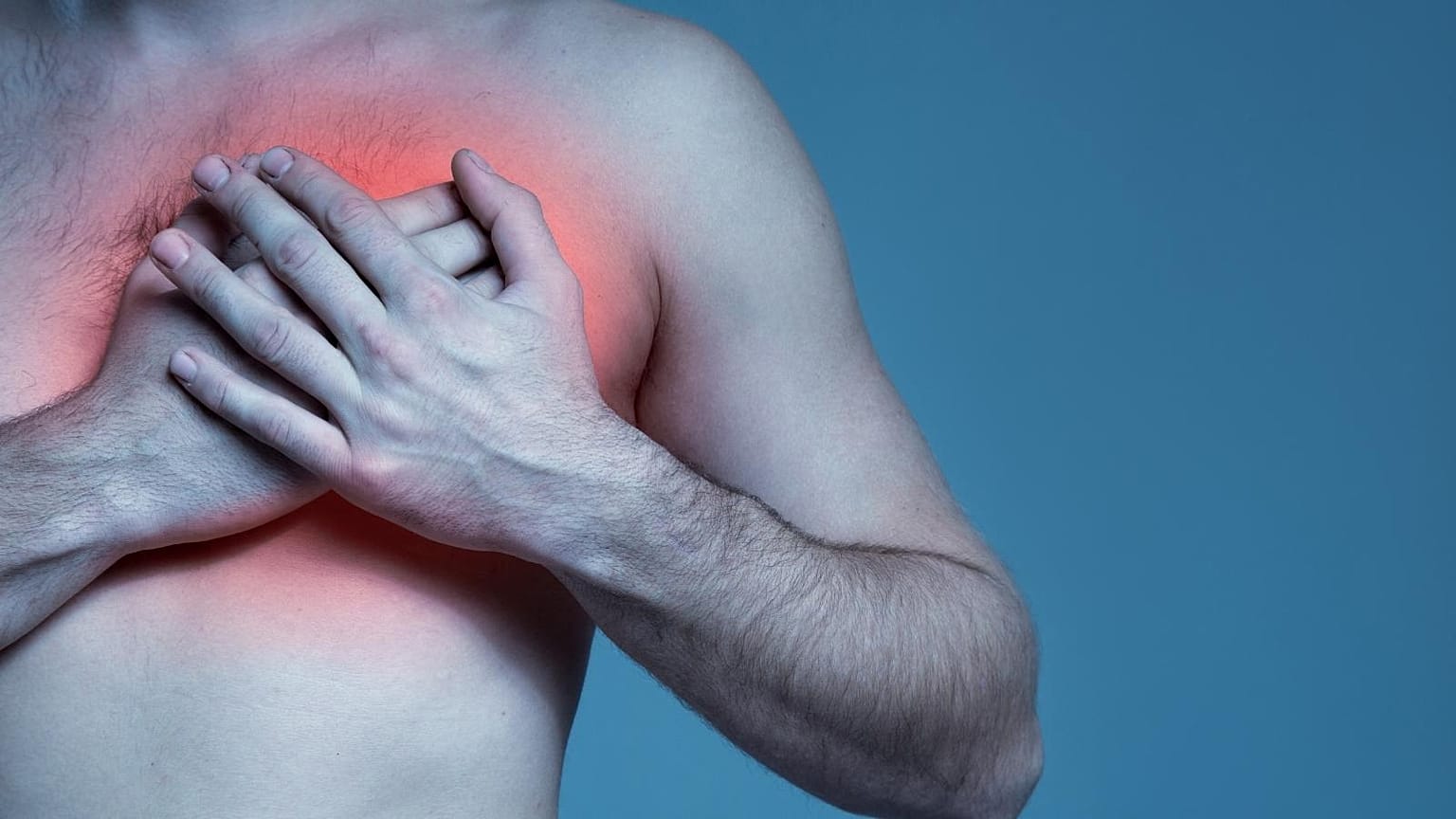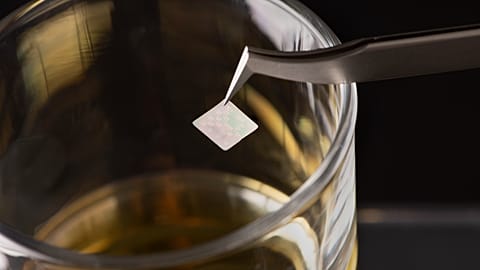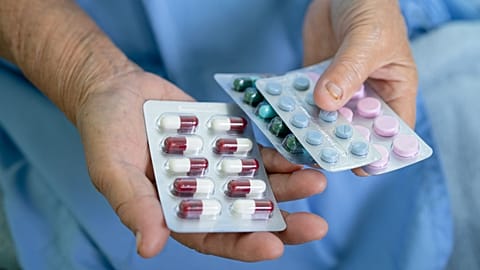Scientists are trialling a special gel that acts as a scaffold for stem cells to help the heart regenerate after injury.
 ADVERTISEMENT
ADVERTISEMENT
Researchers in the UK have developed a biodegradable hydrogel that could help repair the damage caused by heart attacks.
The gel is used as a binding agent to inject stem cells into the heart. These cells can then regenerate and rebuild areas where the tissue is damaged.
So far, the gel has only been tested in healthy mice. But scientists at the University of Manchester say it’s showing promising results and they hope it can become a key part of future regenerative treatments.
According to the World Health Organization (WHO) and the Lancet Burden of Disease, over nine million people each year die from coronary heart disease, the most common cause of heart failure, despite significant advances in heart surgery.
During a heart attack, blood and oxygen are cut off from the heart, which can cause muscle cells to die. Depending on the severity of the damage, patients can require a heart transplant - a complicated, invasive, and risky procedure.
The team at the University of Manchester is hoping the new gel technology can ultimately improve regenerative treatments and avoid heart transplants altogether.
Stem cell surgery has already been widely used to generate tissue. In Switzerland, surgeons have grown stem cells into cartilage and transplanted them into damaged knees.
However, successes with the heart have been more elusive. In the past, surgeons have tried to inject stem cells directly into the heart, but the cells have not survived.
"The challenges in injecting these cells into a beating heart is that the heart is a mechanical structure and that the cells, if they're injected alone, find it very difficult to find an anchor,” said Professor James Leiper, Associate Medical Director at the British Heart Foundation, which funded the research.
“This hydrogel is an exciting potential mechanism that we could use to really harness the regenerative capacity of stem cells".
A ‘scaffold’ for stem cells
The team at the University of Manchester says the gel can be safely injected into the beating heart to act as a scaffold for stem cells to grow new tissue.
The gel is made of chains of amino acids called peptides, the building blocks of proteins.
To prove it could work in a living heart, the team injected the gel with a fluorescent tag into the hearts of healthy mice.
The fluorescent tag revealed that the gel remained in the heart for two weeks, while ultrasounds and electrocardiograms showed the injection was safe.
Lead researcher Katharine King says this shows the cells can be held inside the hearts long enough for the stem cells to start growing.
"It's looking very promising, the way that it would stay there and be able to hold the cells there long enough for them to kind of integrate into the heart," she said.
The researchers now plan to trial the gel in mice straight after a heart attack, to see whether the heart cells can develop new muscle tissue and help restore the heart’s ability to pump efficiently.
Only if trials on animals are successful will scientists be able to conduct further clinical studies to assess whether the gel can safely and effectively be used in humans, a process that typically takes several years.
"If the benefits are replicated in further research and then in patients, these gels could become a significant component of future treatments to repair the damage caused by heart attacks," Leiper said.
For more on this story, watch the video in the media player above.

















